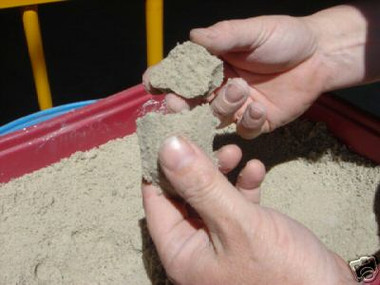I struggle to find answers to my questions with internet searches.
Im trying to figure out how much sand I need fill a mold thats 12x14x 6” deep.
Im also struggling to find casting sand thats sold in quantities that are more affordable
Stuff seems expensive to me?
I depending on cash outlay Im contemplating casting some aluminum and bronze parts.
Im trying to figure out how much sand I need fill a mold thats 12x14x 6” deep.
Im also struggling to find casting sand thats sold in quantities that are more affordable
Stuff seems expensive to me?
I depending on cash outlay Im contemplating casting some aluminum and bronze parts.


